|
Apparently, it's Toad Week at Pillywiggins Garden. It started on Sunday as all weeks do. We decided to take the scenic route home down Toad Lake Road. It was a beautiful day & we stopped to enjoy the view. On Tuesday Jason found a teeny-tiny toad in our garden. We've been watching what we think is the same toad for several years now and had affectionately named him Mr. Toady. Jason found the baby toad in one of Mr. Toady's favorite hangouts. Hmmm. Could it be Mr. Toady is a Mrs.? Yes, I do believe it's so. Why? Because today Jason found another toad in our garden and this one was HUGE - as big as Jason's hand! It seems we have the entire Toad Family living in our gardens. Maybe we should rename them Small, Medium & Large? We love sharing our gardens with toads. They eat insects, grubs and the slugs that attack our hosta. We're also happy to share our gardens with tree frogs. Several years ago we found a baby tree frog hiding in the hydrangea next to our door. Each year since we've spotted a tree frog hanging out under our porch light which sits just above the same hydrangea. We think it's a Gray Tree Frog or possibly a Cope's Gray Tree Frog. It's hard to tell because they share much of the same territory and are almost indistinguishable in appearance. I wonder what we'll find next? Anything's possible in Pillywiggins Garden!
Follow our blog or "Like Us" on Facebook to stay tuned.
0 Comments
Carving a bed out of lawn by hand while carefully avoiding the birch & lilac roots is no easy task! So imagine my surprise when on a hot Sunday afternoon Jason said, "I'm tired of mowing around the birch & lilac. Let's put a new bed there." And voila! In a little over an hour's time a new bed appeared! I "dug it" but Jason didn't. Instead, he used materials we had on hand and a few "down & dirty" landscaping tricks.
Now, if I could only find a spot for my latest yard sale treasure...
I was thrilled when Jason came home from work this week with video of a hummingbird moth in action. I couldn't wait to share it with our readers! The 2nd clip below was filmed in slow motion. And the moth is still a little too fast to catch a good look at him. Hummingbird moths are widespread throughout North America. I look for them now but I don't see them often. Or maybe I do but I'm mistaking them for hummingbirds?
The Pillywiggin Opinion
|
Categories
All
Archives
July 2024
|
A Blog for Art, Garden & Nature Enthusiasts
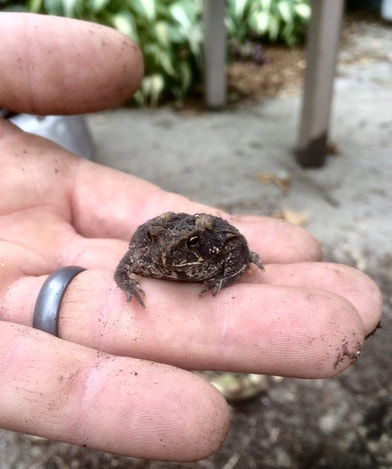
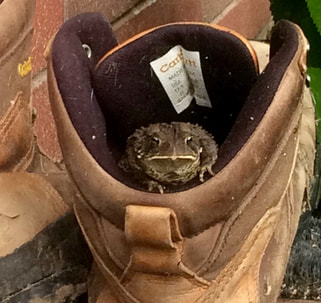
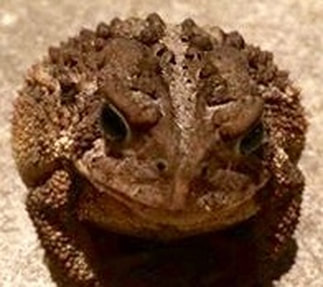
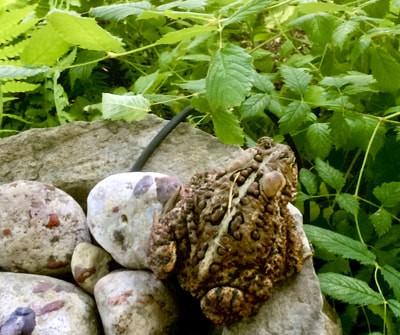
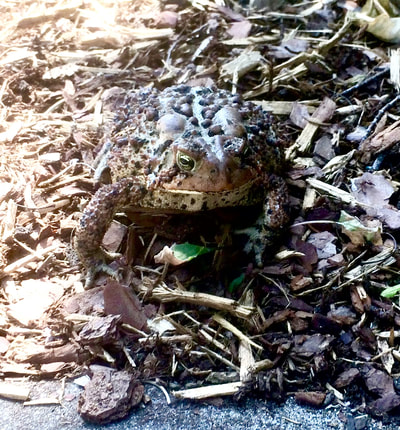
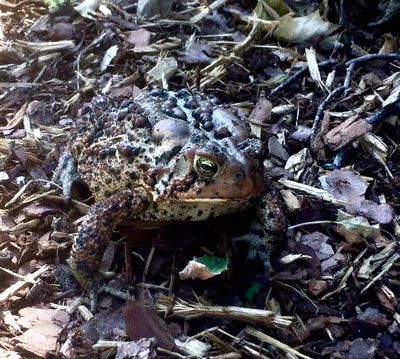
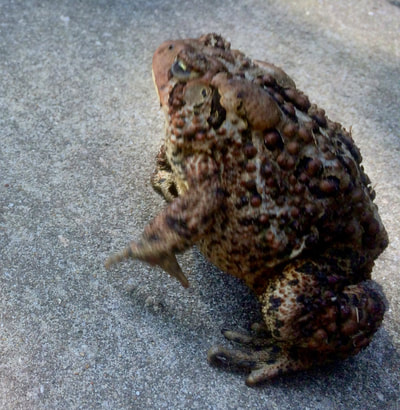
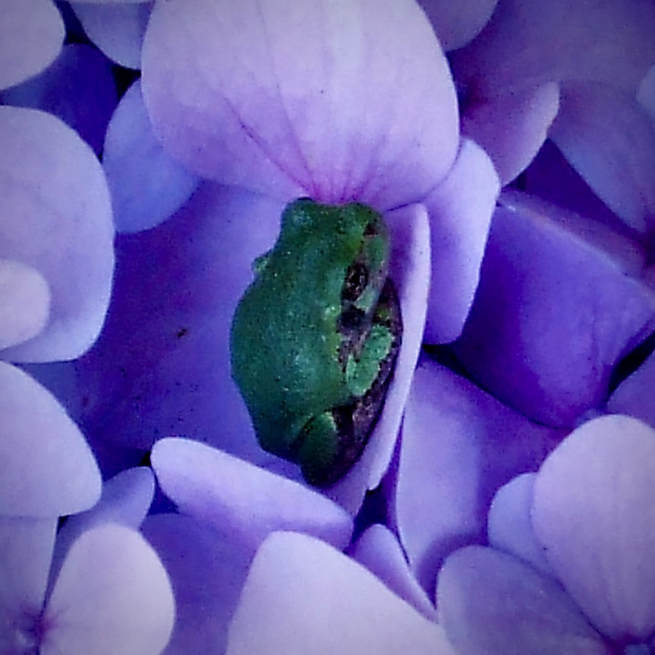
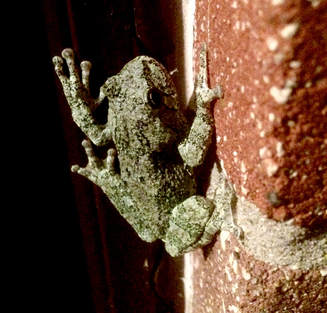
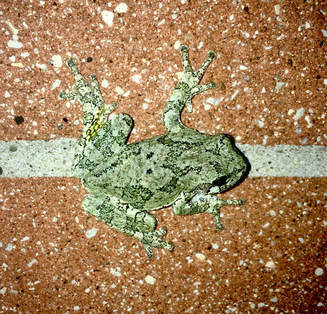
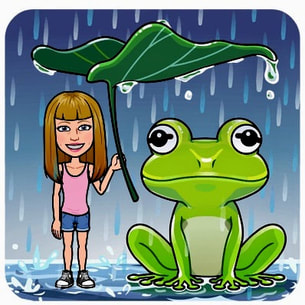
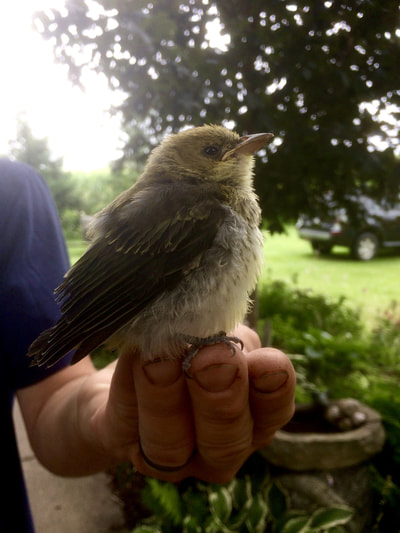
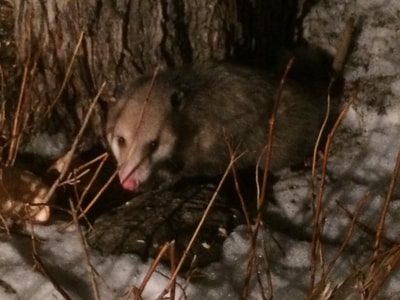
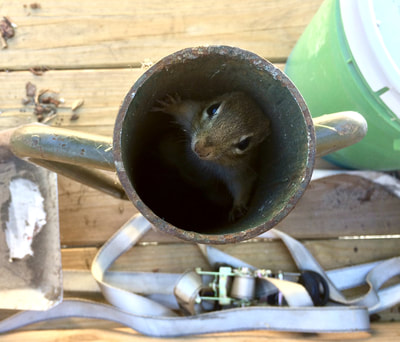
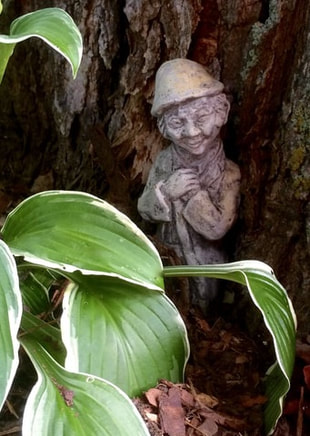
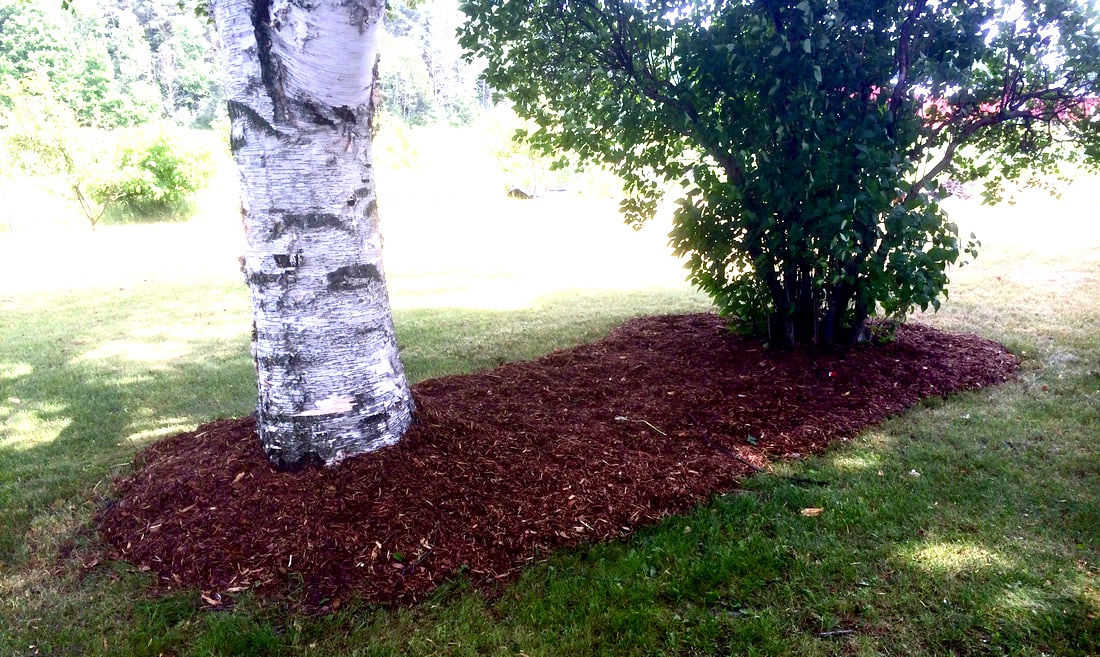
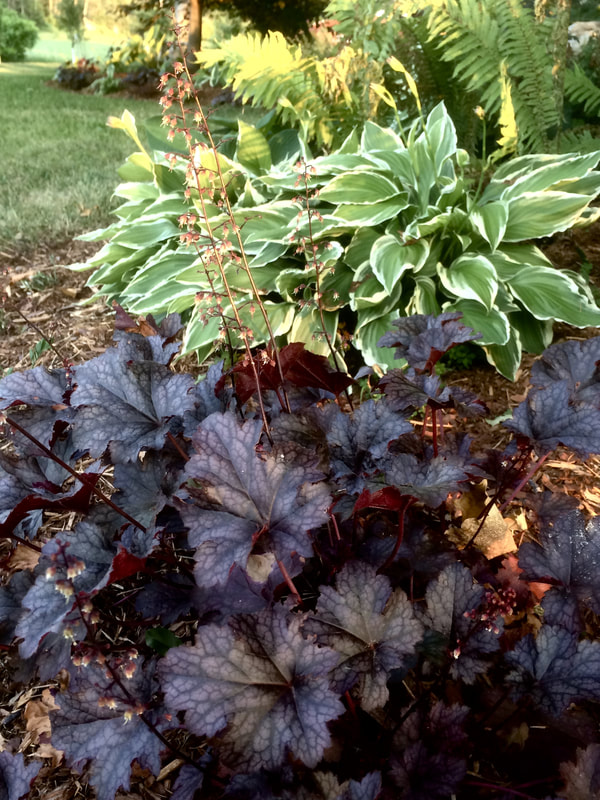
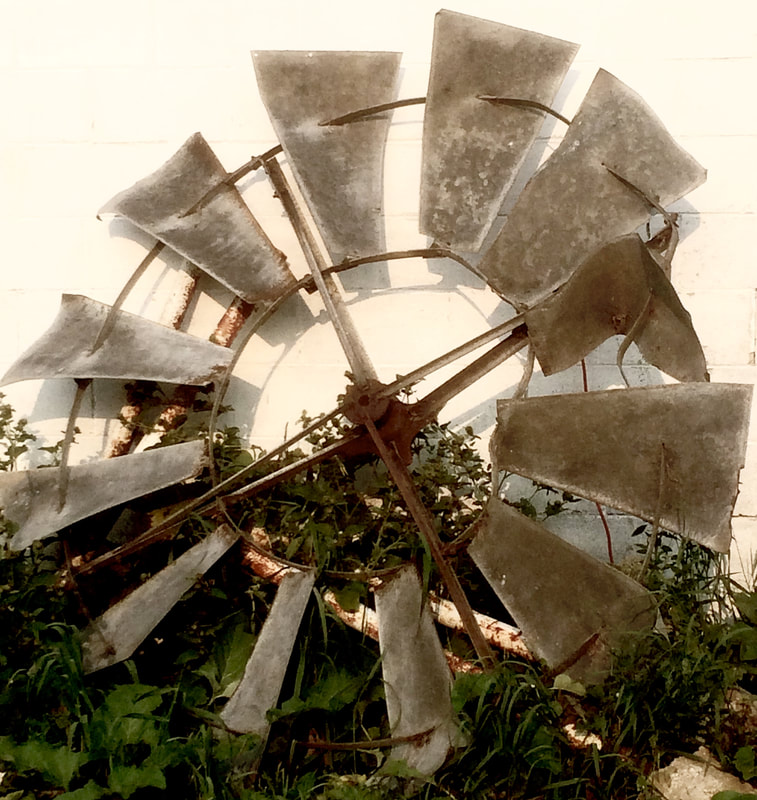
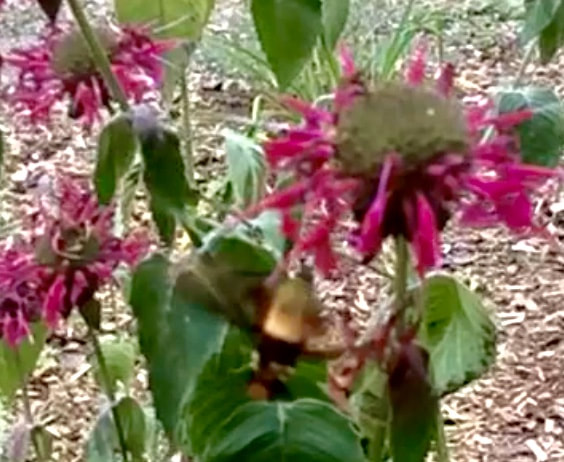
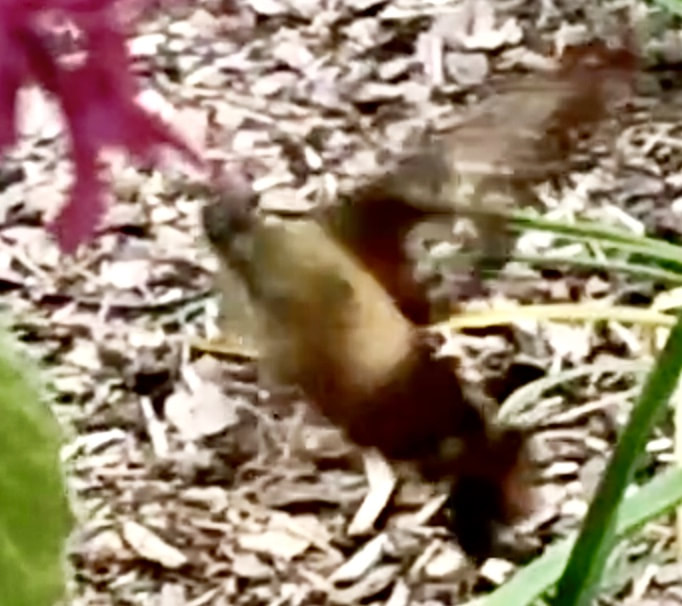
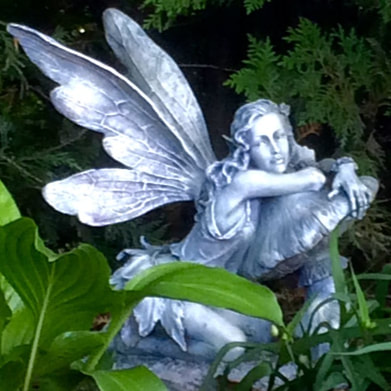



 RSS Feed
RSS Feed

